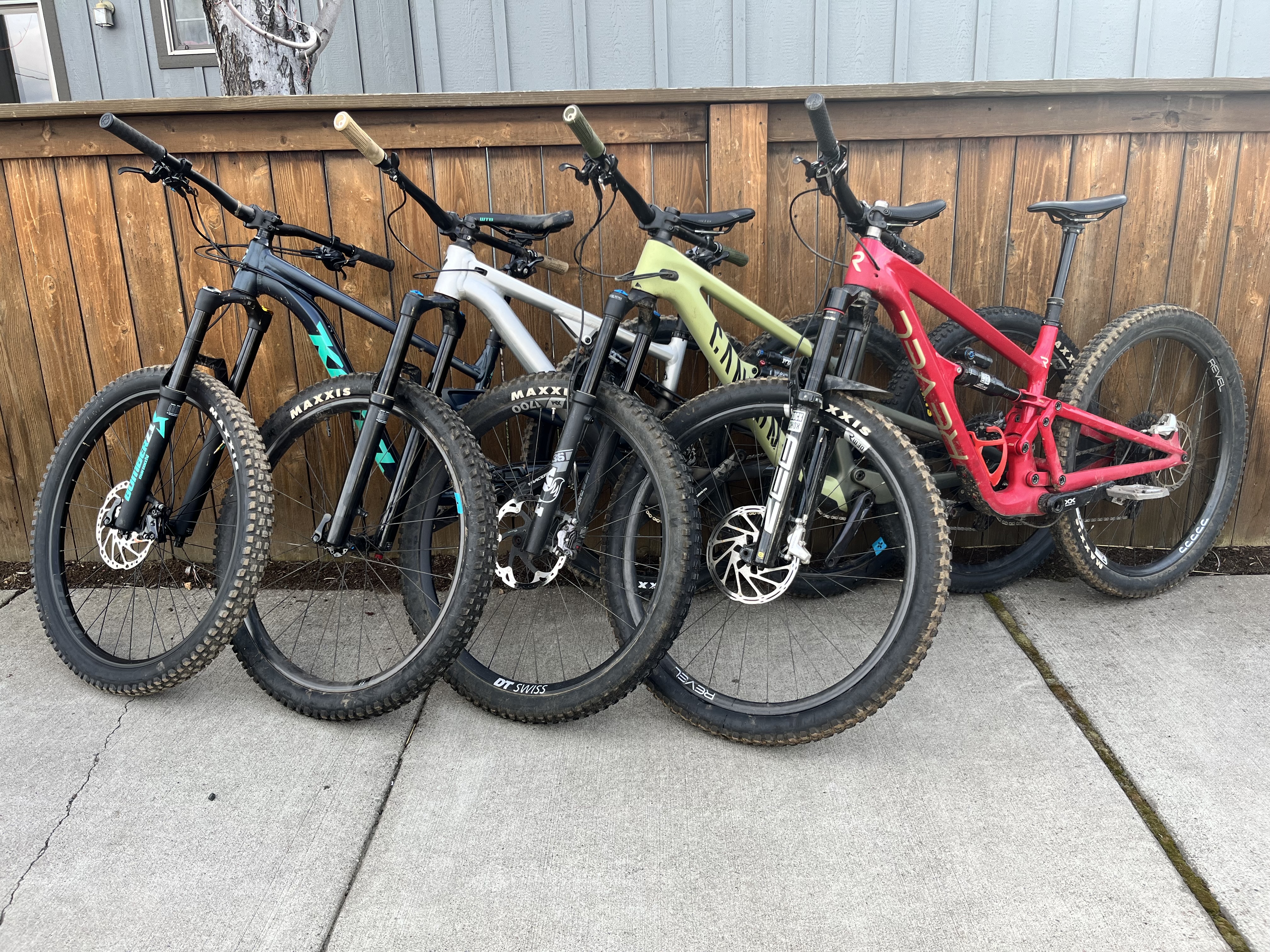
If you have been mountain biking for a long time, the content of this article won’t come as much of a surprise to you. You likely already know the quirky things that make a mountain biker, well, a mountain biker.
If you are not a mountain biker, or perhaps you are fresh to the sport, some of these quirks and idiosyncrasies may come as a bit of a surprise for you. For some, it may shed some light on why a loved one is so weird. For others, it will be like looking into a crystal ball, showing an inevitable future you can’t run away from.
So, let’s take a dive into the strange world of mountain bikers. We’ll talk about a few different things that distinguish mountain bikers from others and try to explain why we do those things.
Your mountain bike is worth more than your car
It is no secret that mountain bikes are expensive. An entry-level mountain bike will likely set you back a couple of grand. Keep in mind this is where prices start for a quality mountain bike—some can run as high as $11,000 or more.
While these high prices may seem outrageous, they are something a mountain biker is used to. We know that if we are in the market for a new mountain bike, we can expect to pay several thousand dollars.
And these high prices typically have us making some tough decisions. Let’s say we have saved up $7000. That chunk of change would be a significant downpayment on a new truck, allowing for a very manageable monthly payment. $7000 would also cover the cost of many excellent mountain bikes out there.
A mountain biker knows what to do. He buys that new mountain bike and makes do with his vehicle. This is why you see so many mountain bikers cruising around in late 90s Subarus and Toyotas—we’d rather spend our money on our bikes.
A mountain bike for every trail
Once we buy a mountain bike, we quickly realize that we need another…and another…and another.
Just owning one bike is okay. But when a mountain biker discovers a different style of mountain bike for each riding discipline, more bikes are sure to come.
In some instances, this can be necessary. When someone is getting into mountain biking, it is common for them to start on a shorter travel mountain bike—that is, one that doesn’t have as much suspension. This could be a cross-country bike or even a hardtail.
As the mountain biker progresses, they may start riding more aggressive trails that require a longer-travel full-suspension mountain bike. Especially if they begin riding at bike parks, they will be bounced around and could possibly crash if they don’t have the right bike.
Or perhaps the mountain biker started on a longer travel mountain bike but realized it was just a bit too much for the trails they ride 90% of the time. A shorter travel bike will not only be more efficient on the trails, but it will also liven them up, creating a completely different mountain biking experience.
So, we start seeing a real need for having different mountain bikes in various situations.
On the other hand, mountain bikers also just like to collect bikes. My garage is full of bikes that all have basically the same geometry and suspension travel numbers.

Mountain bikers like to look at their bikes
A month or so ago, my wife asked me if everything was okay. “Yeah, why?” I asked her.
“Because you have gone out to the garage four or five times in the last few hours,” she responded.
She wasn’t wrong. I realized I had been out there quite a bit. The reason? I was looking at my mountain bike.
Earlier that afternoon, I installed a new pair of handlebars and grips on my bike. I was simply going out to look at my updated mountain bike…again and again and again.
Mountain bikers love to look at their mountain bikes. This is especially true during the winter months when we aren’t able to ride as much. So, we find little projects and updates to do, or we just head out into the garage and stare.
Staring at our mountain bikes can also be done in groups. While we often spend our weekends riding with buddies, now we spend snowy weekends in our garage, beer in hand, looking at our bikes.
So, next time you wish you could be out mountain biking, crack a beer, unfold a camping chair, and spend the evening in the garage with your mountain bike.





